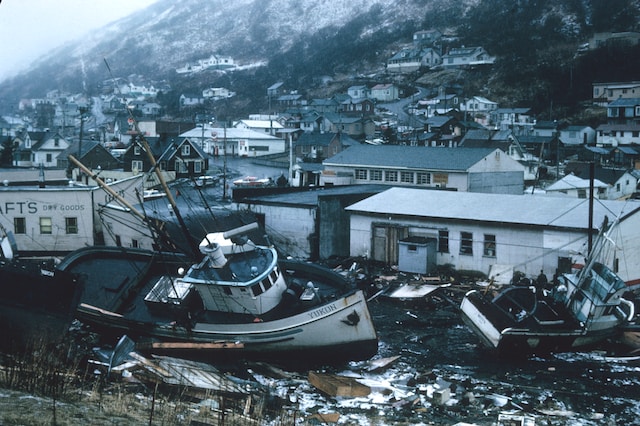Understanding the Historical Background
To ensure the construction of a resilient future, it is crucial to grasp the historical context of previous disasters. Ranging from the eruption of Pompeii in 79 AD to the more recent Fukushima nuclear incident in 2011, each occurrence imparts distinctive lessons that guide our responses. These historical disasters frequently unveil vulnerabilities in infrastructure, governance, and societal unity, serving as a blueprint for reinforcement.
Lesson 1: Anticipating Sequential Impacts
A recurring theme in historical disasters involves the often underestimated sequential impacts. The 2011 Great East Japan Earthquake, coupled with a devastating tsunami and nuclear crisis, illustrates the interconnected nature of disasters. Recognizing and planning for such sequences becomes paramount in establishing resilience against multifaceted challenges.
Lesson 2: Investment in Sturdy Infrastructure
The collapse of critical infrastructure is a recurring motif in historical disasters. From the Galveston Hurricane of 1900 to Hurricane Katrina in 2005, the necessity for resilient infrastructure is apparent. Investments in the design and maintenance of robust structures capable of withstanding natural forces emerge as a crucial takeaway from these calamities.
Lesson 3: Adaptive Governance and Prompt Response
Historical disasters underscore the significance of adaptive governance and swift response mechanisms. The tardy response to Hurricane Katrina exposed systemic flaws in disaster management, compelling nations globally to reassess and improve their governance structures for ensuring rapid, coordinated responses during crises.
Lesson 4: Involvement and Education of Communities
Communities play a pivotal role in disaster resilience. Historical disasters demonstrate that communities with a strong sense of awareness and education on disaster preparedness fare better in the aftermath. Initiating educational programs and fostering community engagement can significantly alleviate the impact of disasters.
Lesson 5: Embracing Technological Progress
Technological advancements have revolutionized our ability to predict, respond to, and recover from disasters. Historical events, like the 1906 San Francisco earthquake, lacked the technological tools available today. Utilizing modern technology, including early warning systems and communication networks, is vital for minimizing loss and maximizing preparedness.
Lesson 6: Environmental Sustainability for Resilience
Numerous historical disasters, from Chernobyl to Hurricane Maria, underscore the significance of environmental sustainability. Acknowledging the delicate balance between human activities and the environment is crucial. Integrating eco-friendly practices into infrastructure and urban planning contributes to long-term resilience against natural and man-made disasters.
Lesson 7: Global Collaboration for Comprehensive Resilience
In an increasingly interconnected world, historical disasters emphasize the necessity of global collaboration. The 2004 Indian Ocean tsunami and the Ebola outbreak in West Africa highlighted the need for collective international efforts in disaster response and recovery. Collaborative initiatives can amplify resources and expertise, enhancing resilience on a global scale.
Shaping Future Resilience
As we absorb the lessons derived from historical disasters, the imperative to shape future resilience becomes evident. Governments, communities, and individuals must collectively embrace these lessons to construct a more resilient world.
Integrated Risk Assessment and Planning
Governments can conduct comprehensive risk assessments, utilizing historical data to identify vulnerabilities and formulate effective disaster management plans. These plans should incorporate the lessons learned, ensuring a dynamic and adaptive approach to emerging threats.
Investment in Research and Innovation
The rapid pace of technological evolution necessitates ongoing research and innovation in disaster resilience. Investing in cutting-edge technologies, from predictive modeling to sustainable building materials, is paramount in fortifying our defenses against unforeseen challenges.
Community Empowerment and Education
Empowering communities through education and engagement programs fosters a culture of preparedness. Governments and NGOs must prioritize initiatives that enhance public awareness, equipping individuals with the knowledge and skills needed to navigate and survive disasters.
International Cooperation and Resource Sharing
Building on the lessons of global collaboration, nations must strengthen international cooperation frameworks. Sharing resources, expertise, and best practices on a global scale ensures a collective response to disasters that transcends borders and promotes a more resilient world.

